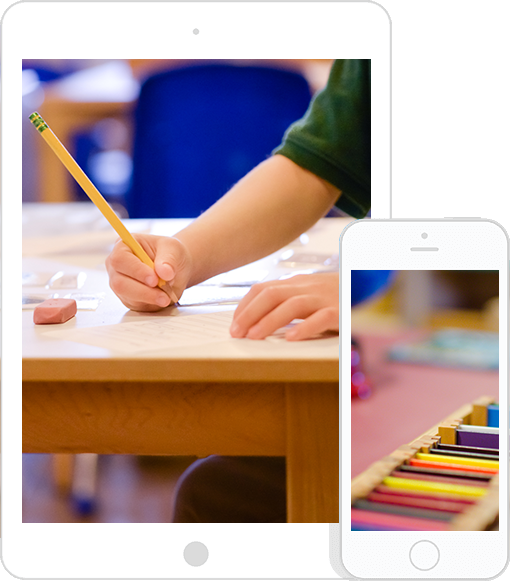School Philosophy
At Green River Montessori School, the child and family are treated with love and respect. The staff are sensitive to the unique needs of the family and work hard at providing a learning environment that reflects the values of the families served. Through the Montessori approach to education, children are allowed to explore and experiment in a well-equipped and well-prepared environment that connects the classroom with the home. The child is able to learn through play experiences that is modeled after real “work.”
To learn more about the Montessori Method, please go to the American Montessori Society (AMS) https://amshq.org/About-Montessori?gclid=Cj0KCQiA4sjyBRC5ARIsAEHsELFVddZyBTqjzAhCMv-MV6GuTuDy3MnFJ_4Er-xZo05AcacukUR5624aAu8PEALw_wcB
The Montessori Method
The footage presented in this collection of subject-specific videos was filmed in 2013 at Montessori Magnet School at Annie Fisher, one of three comprehensive Montessori magnet schools in Hartford, Connecticut. The video clip provided will familiarize you with the main tenets of the Montessori Method which include:
- Full three-year cycles, beginning at age 3
- Three-hour, uninterrupted work periods at all levels, with minimal interruptions for co-curricular classes
- Minimal use of supplementary material at the Primary (ages 3-6) level
- Trained Montessori teachers in every classroom
- A full compliment of Montessori materials in all classrooms
- Montessori trained/experienced leadership
Classroom Life
PRACTICAL LIFE EXERCISES
MUSCULAR EDUCATION
NATURE IN EDUCATION
EDUCATION OF THE SENSES

